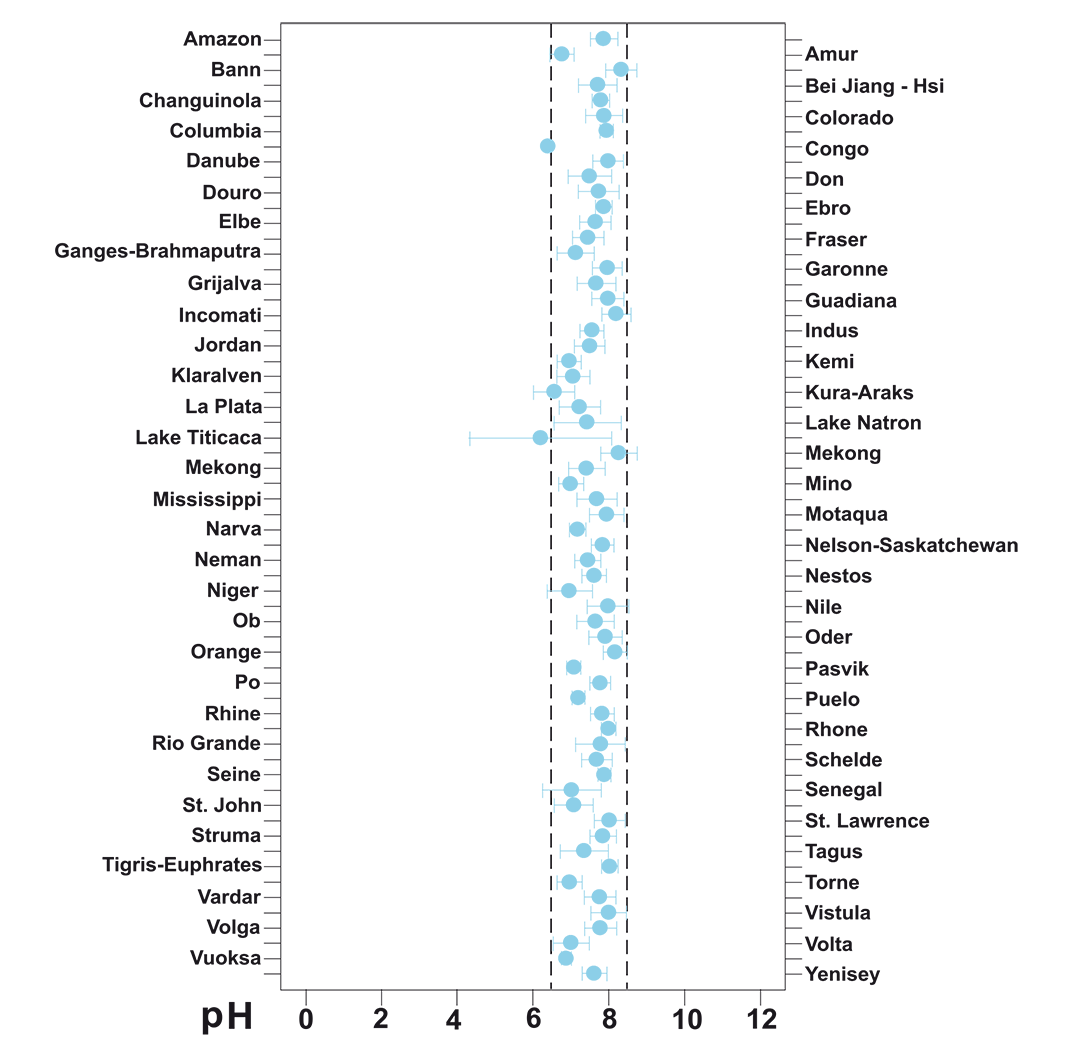A User's Guide to Water
Anatomy of A Drop
A water molecule consists of two atoms of hydrogen and one of oxygen—however, you’ve probably never seen a sample of pure water.
Freshwater and saltwater both contain dissolved minerals and gases that have been picked up in the atmosphere, ocean, or underground pipes.


